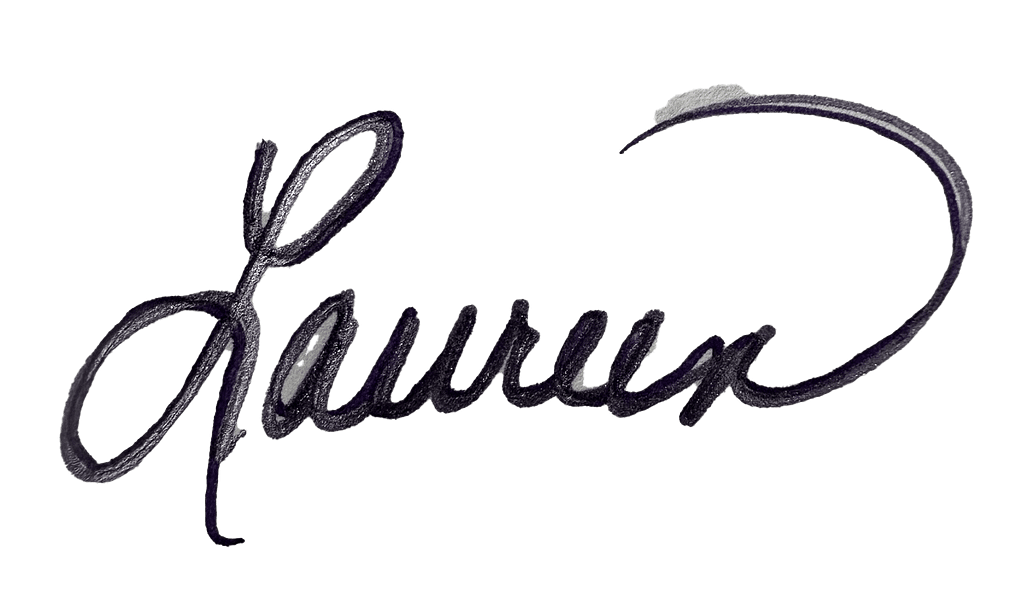When cleaning out my mother’s sewing room, we found a drawer full of needles. There were darning needles, embroidery needles, milliner needles, betweens, quilting needles, applique needles, tapestry needles, chenin needles, beading needles…. And that was just the hand sewing needles! I think you get the point. There was a treasure trove of needles that she had collected over seventy years.
Sew.., which needle is which? You may know the answer.

But, I will confess that some of these had me stumped. Why do many types and what are the differences among them?
I decided to hone my knowledge of needles, and this is what I found.
There are a few important characteristics of needles that – the eye width and type; the shank length, shape and diameter; and the point.
Eyes
Let’s start with the basics, needle size. The bigger the number the smaller the needle (shorter and thinner). This correlates to threads – the larger the number, the thinner the thread. A smaller needle typically has a smaller eye.
Eyes can be round or elongated. Regardless of shape, you want the eye to be about twice as wide as the thread you are using. The gives enough room for the thread to move without causing too much friction. If the eye is too small, friction will cause the thread to weaken and break more often. So, if you are having issues with thread breakage, try a bigger needle!
If you have to rethread often, try a smaller needle.
Eyes can be continuous (traditional) or self-threading or calyx-eye. To thread a traditional eye, you poke the thread through the eye. Calyx-eye needles have slots in the top or side, which allow you to snap a thread into the eye.
Shanks
Most shanks are round and straight for hand sewing. But there are a few exceptions.
Canvas and leather needles have a flattened, awl-like section for piercing the tough material.
Some shanks are curved to make it easier to get through tough fabric or tight spaces. Examples include upholstery, sails, beadwork, mounting embroidery, and curved hems or scalloped bindings.
Points
There are three types of points: ballpoint, blunt and sharp. Ballpoint are used for knit materials to avoid damaging the fabric. Blunts work well for wide weave fabrics like linen or mesh, which are the bases for tapestry or needlepoint. Meanwhile, sharps are good for tightly woven fabrics.
There are also some guides available from needle manufacturers and distributors:
We hope this summary helps you, especially if you find yourself inheriting a treasure trove of needles.
Happy Quilting!

Needle Guide
Here is a quick guide of needle types.
